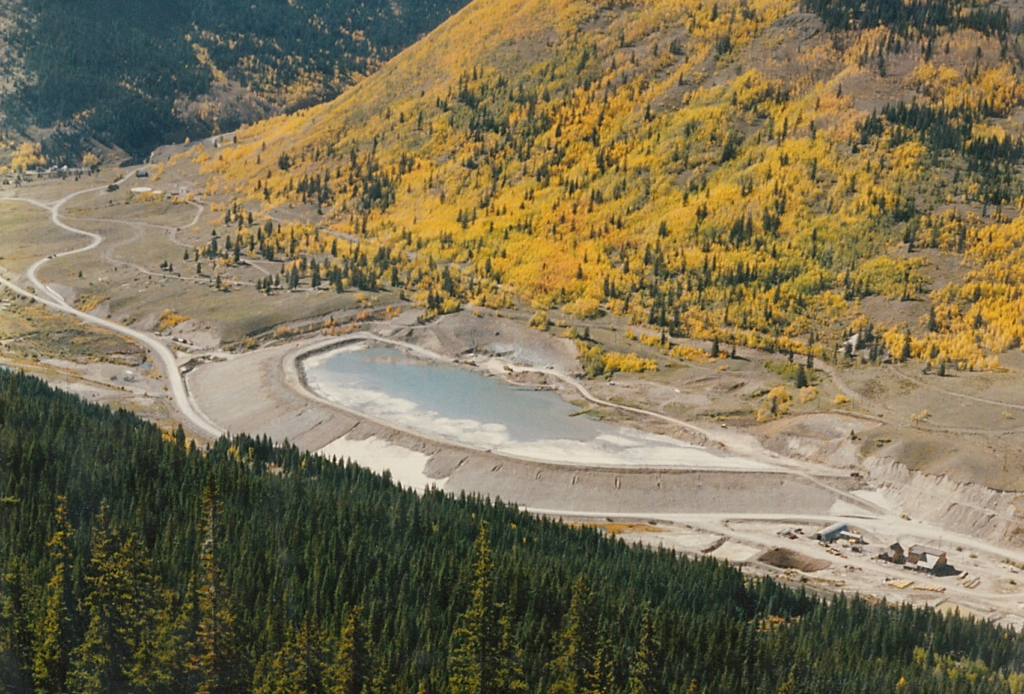A while back, I wrote an article that appeared as a web-only article in Mining Engineering Magazine. That article can be found here: https://me.smenet.org/reader.cfm?webArticleID=3376

I reproduce that article here, with a few changes.
When I first became involved in tailings management, it was all about achieving a stable design that would allow the flexibility needed for possible changes in the operation. Sometimes those changes could be very difficult to accommodate, for example if the tailings production rate doubled from the original design criteria.
This was the 1980s. It isn’t that we were oblivious to the environment, but it wasn’t a top priority then. We used liners/lining, drains, reduced head on the liners and incorporated seepage reduction measures. In retrospect, at least in the Americas, we were doing just about what we do today with respect to environmental protection measures, it just wasn’t a “named” priority.
Over time, different tools became available to tailings management professionals. Things like probabilistic analyses, whether it is in the water balance or slope stability calculations, were and are used to better capture the broader range of potential outcomes that may occur.
The hard science of geotechnical engineering has not changed much in these intervening years. Laboratory testing has remained essentially the same (with a few noted exceptions), as has in situ testing. Computer-based engineering analyses have advanced in data entry and presentation of results and sophisticated deformation analyses have advanced considerably. But the underlying principles of tailings facility geotechnics have changed very little. What has changed are the additional tools we now more commonly employ to bolster the robustness of our designs.
The additional tools would include the use of risk analyses. I recall my first formal risk assessment occurred in about 1996. Although it wasn’t used for every project, and many clients chose to forego this option, this approach has increased in usage over time. Now, it is all but required by the Global Industry Standard on Tailings Management (the Standard, ICMM et. al, 2020). This is a very positive step forward for everyone.
REFERENCE
ICCM, United Nations Environment Programme and Principles for Responsible Investment, 2020, Global Industry Standard on Tailings Management, https://globaltailingsreview.org/wp-content/uploads/2020/08/global-industry-standard_EN.pdf, accessed 11/20/2020.
Standby for part 2!

